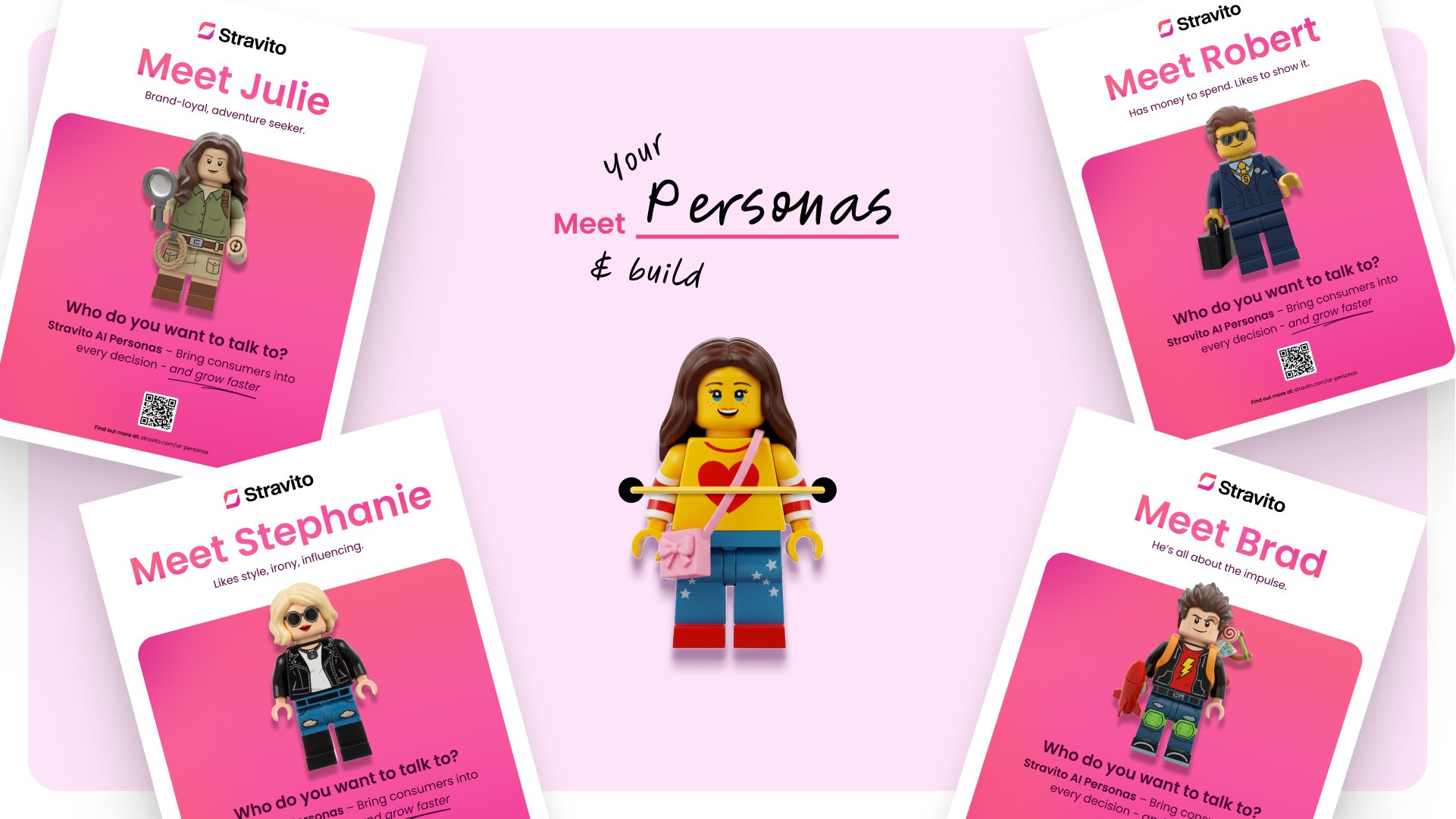You know the pain: you need a past study, but your research repository feels like a maze. Stakeholders don’t even bother looking. Or, you know you need a repository, but you have no idea where to start when it comes to creating one.
If you can relate, then it’s time to build a research repository that champions your insights.
Because in 2025, a repository should do more than just store files. It should be easy to use and navigate, driving user adoption, sparking discovery, and surfacing insights that’ll really make an impact within the business.
In our recent webinar, "The Expert's Guide to Launching an Engaging UX Research Repository," UX research knowledge strategist and founder of The Current, Emily DiLeo, shared practical and actionable advice on how to build an excellent research repository. Keep reading to learn more.
Know your users before picking a tool
In many cases, teams adopt a research repository tool without understanding or discussing who will use it or how. As a researcher, you might assume that your colleagues simply need an easily accessible place to drop documents.
However, the reality is that people usually want answers — fast. They also have different preferences on how they prefer to access information.
Before choosing a tool, spend some time surveying stakeholders, such as product managers, designers, and marketers. This helps you understand how they work and what they’d actually need from a research repository.
Ask questions like:
- Where do you go when you need to find past research?
- What frustrates you about finding insights today?
- What type of questions do you ask most often?
Define clear, measurable goals
A research repository without a clear purpose is just a file dump. Therefore, it’s a good idea to set a couple of measurable repository goals before selecting a tool.
For example, you may want to reduce ad-hoc research requests by a third to save time and resources. Or perhaps you’d like to encourage new research ideas in one out of every four projects.
Then, frame your repository requirements around those targets. If you want stakeholders to be able to find research more easily, invest in tools with synonym support and indexing features, such as keyword tagging.
If “sparking new ideas” is key, prioritize a repository with AI-powered insight discovery rather than a simple set of folders.
Prove value with quick wins
Of course, a long-term strategy is essential. However, it’s still important to gain early victories with your repository to gain buzz and momentum — Emily calls these “little pilots” or “quick wins”.
One idea is to send a short weekly newsletter linking back to fresh insights in the repository. Always share the live link so readers can click directly into the platform.
You can also host a short “Insight showcase” where different stakeholders come together to share research on a specific topic, such as automation. This type of event can even occur before you’ve chosen a research repository platform because it can represent what could be and prompt the implementation of a new tool.
These small wins spark awareness of your research and the repository.
Offer smart search
Today, keyword search alone won’t cut it. In the webinar, Emily stressed the power of semantic and acronym search. For example, if someone types “relevancy”, the tool should still find “relevance”. Or if someone searches for “coffee”, they’ll still find information on “lattes”.
For these types of features, look for tools with automated AI-powered indexing and synonym mapping (like Stravito). Or repositories that allow you to set up synonyms and indexing rules yourself.
Because when people can type their queries in everyday language terms and immediately find the right insights, they’re more likely to see the repository’s value and use it more often.

Even the best research doesn't have impact if it's not discovered ...
See how Stravito can help
Provide discoverability features
Emily compared discovery within a repository to wandering around a library and spotting a useful book you didn’t know was there while finding the one you were looking for.
These moments often spark “light-bulb” realizations. Repository users can learn something new and are compelled to explore further and discover more relevant insights.
To foster this, select a repository that suggests related insights, such as Stravito. As well as offering AI-powered discovery, Stravito also provides a Collections feature. With Collections, you can group related research under specific themes, which also encourages discovery among users.
Socialize your repository and research
Emily shares that you need to treat your repository like a communication channel and marketing platform to socialize your research and its value. Because instead of a one-time launch, your repository needs ongoing promotion to keep it top of mind.
This “promotion” might involve:
- Sharing when fresh research is added to the repository. Some ways include tagging within the platform, via email, or Slack.
- Tagging insights by role — like product, design, or marketing — and notifying the relevant teams.
- Identifying power users in each department to share and champion your research.
- Converting long reports into short videos or infographics for busy executives, making it easier for them to consume the information.
Remember, when research arrives in a format people prefer or can easily access, engagement soars.
Measure, Share, and Iterate
To keep improving how your repository functions, you need to track usage and impact, so choose a tool that fosters this.
Look beyond total user logins, too. Stravito allows you to segment by department so you can see which teams engage the most. Track the time spent on each insight and note which findings lead to new ideas and initiatives.
Every quarter, consider sharing an “Insight impact” report, where you highlight the top metrics and success stories.
Leadership and stakeholders are always interested in statistics. So, reports and summaries keep the right people invested and help you refine your strategy on an ongoing basis.
Transform your research repository
With Emily’s expert advice, you can transform your research repository from an unused archive into a dynamic, ever-changing insights hub.
With a great repository that’s interactive and easily accessible, you can expect a faster time to value, happier stakeholders, and research that truly drives action.
Want to dive deeper into the topic? Watch the full webinar, The Expert's Guide to Launching an Engaging UX Research Repository, below.




